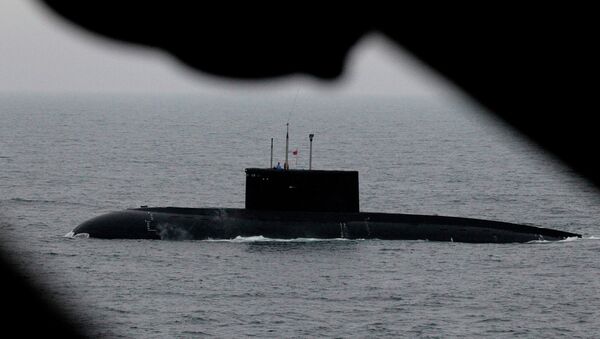That is, at least, according to a report by the Center for Strategic and International Studies (CSIS) whose co-author Andrew Metrick claims "Russia operates a small number of very small, nuclear powered submarines that are capable of diving in excess of several thousand meters."
"You can imagine what a clandestine deployable deep submergence vehicle could be used for," says Metrick without actually explaining what this purported capability of the Russian navy portends. "It’s pretty scary to think about some of the types of missions."
Metrick calls the secret program, which Russian officials have not confirmed the existence of, “the most shadowy part of the Russian undersea apparatus” and claims that it is "not operated by their navy, it’s operated by a separate branch of their Ministry of Defense."
The report claims that these ships are armed with electronic warfare equipment, long-range cruise missiles, torpedoes and mines illustrating the rich imagination of US defense analysts.
So does Russia have a secretive army of deadly small-sized submarines or is the Western defense industry looking for a ripe excuse to sell more naval military hardware?
The report provides a caution that the number of US submarines is dwindling and says that the UK’s Royal Navy is at its "lowest ebb" in terms of naval firepower. Breaking Defense interviewed Jerry Hendrix, a retired captain with another hawkish US think tank, the Center for New American Security, who said "NATO is in a bad place as an alliance with regard to Russia’s underwater resurgence."
Not surprisingly, the report’s recommendation is that NATO increase its defense expenditures or risk being toppled by Putin’s super submarines – the mythical threat of Russian aggression and return of Cold War-style rhetoric appears to be the gift that keeps on giving for America’s defense industry.





